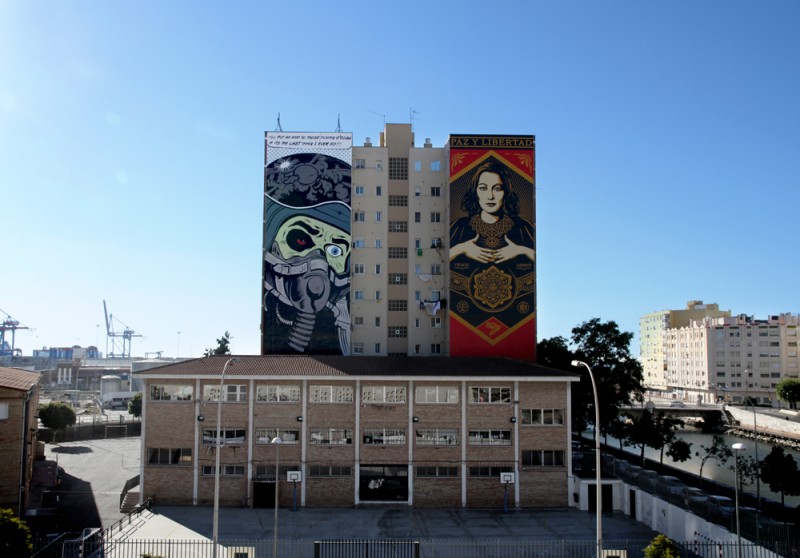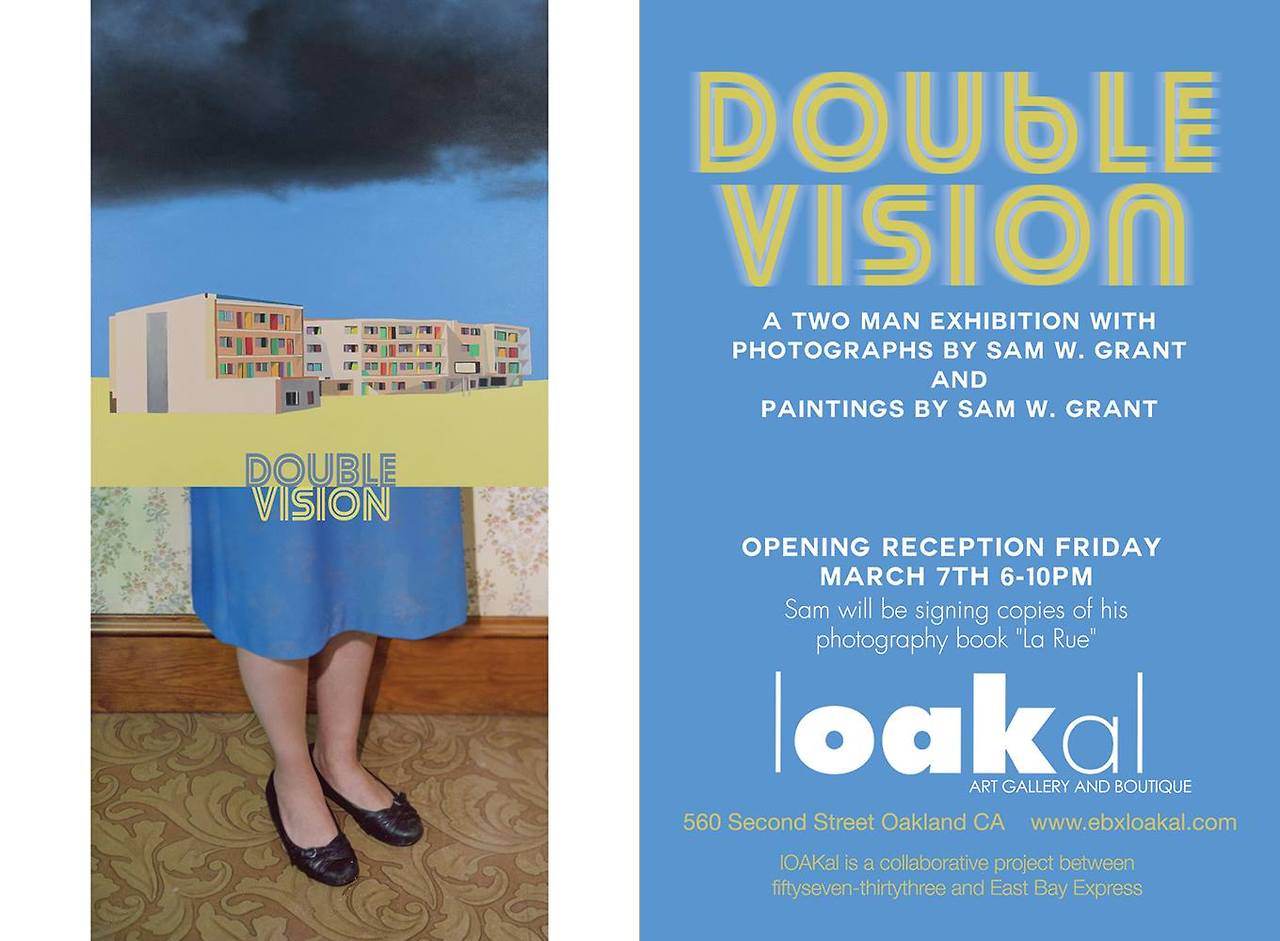
Street artist Peter Drew just made this short documentary film about tagging. The city council dug his portraits of past time outlaws and allowed his work to stay on public walls. Drew started to wonder why his work was ok, but other forms of street art, like tagging, were not? The film explores the idea of street artists jamming the system while it embraces their work. Some people in the film see tagging as a road to nowhere. It lacks color and expression. Others look at street art as the beautification of a community. A giant mural over a blank grey wall sounds ideal, but not to everybody. The orange vested worker at the start complains that as a taxpayer, he has to pay for vandalized walls to be cleaned up.
The nature of tagging in the beginning had little to do with an artist’s roots. It was just about catching fame. Poor black and latino kids demanding to be noticed and valued for who they were and what they were capable of. Graffiti is rebellious in nature. Although Drew’s film is a great social experiment that challenges conventional perceptions about graffiti, it’s impossible to glaze over the miscegenation of an art form born out of disenfranchised communities meant to be ignored.





